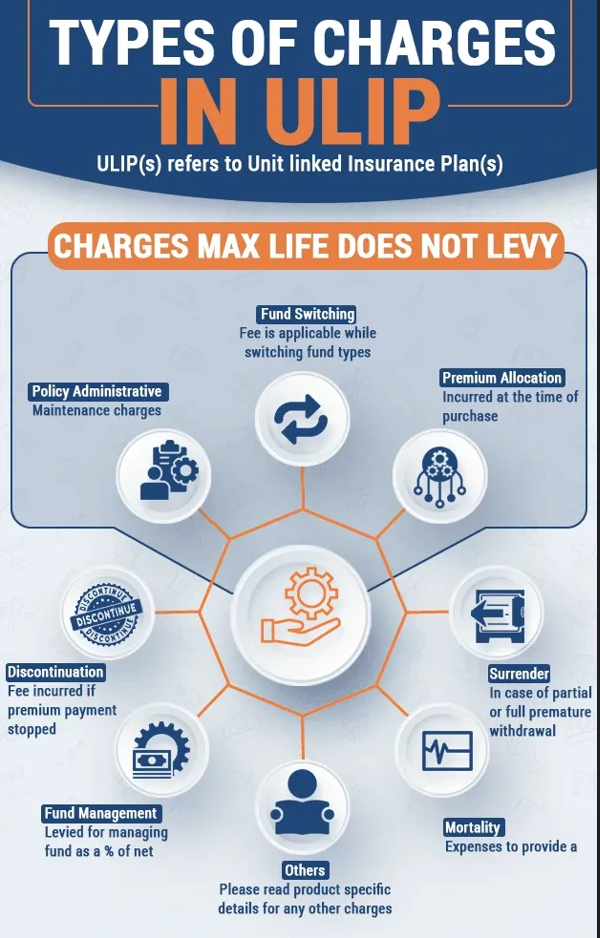By Pratik Jain,
Partner, KPMG India
The cash strapped
real estate sector has once again been left without the coveted ‘industry
status’, which would have given it access to debt at improved interest rates
& reduced collateral.
Affordable Homes.!
The real estate
sector had high expectations from Budget 2013, particularly for affordable
housing.
However, they mostly
remained unfulfilled.
In fact, the Indian
real estate sector, which is not only the largest employment creator but also a
major growth driver, has been left almost ‘untouched’ barring a few policy
& tax announcements.
The cash-strapped
sector has once again been left without the coveted ‘industry status’, which
would have enabled it to access debt at improved interest rates & reduced
collateral.
The additional
deduction of interest up to Rs. 1 lakh for first-house buyers for loan not
exceeding Rs. 25 lakh and property value not exceeding Rs. 40 lakh is welcome.
Low-cost housing..!
Although it is
expected to stimulate investment in low-cost housing, it may hardly be an
incentive to buy a house (especially in metros) given the current interest rate
levels and housing prices.
Taking cue from his
predecessor, in order to collect tax at the earliest and have a reporting
mechanism for real-estate transactions, Finance Minister Mr. P. Chidambaram has
once again proposed one 1% tax deduction at source (TDS) on payment for an
immovable property (other than agricultural land) valued more than Rs. 50 lakh.
 |
| Pratik Jain, Partner, KPMG India |
This may have an
immediate cash-flow impact on real-estate developers selling projects to
innumerable buyers.
Further, it may
result in more compliances for buyers paying in instalments. The rules on the
manner of deduction and deposit of such tax are awaited.
It remains to be seen
whether this proposal makes its way to the ‘Finance Act’ unlike last year where
a similar provision in Finance Bill 2012 did not find place in the Act.
Adding to the woes, a
new deeming section — 43AC — is being proposed for taxing sale of land or /
building held as stock-in-trade at the “circle rate” when the consideration is
below the stamp duty value.
Until now this
provision applied only to transfer of land or / building held as a capital
asset — that is, the much-dreaded section 50C.
Extending it to
“stock-in-trade” would only increase tax outflow in the hands of the
cash-deprived developers, who usually classify land & building as stock-in-trade in their books and
frequently make inter se transfer within the group to consolidate land parcels
for development.
On indirect tax too,
much of the industry expectations remained unfulfilled. These included clarity
on many issues under the negative list regime of service tax, reduction of
excise duty on cement, and exemption from service tax for affordable housing.
In fact, there would
be increase in service tax from 3.09% to 3.71% for flats with carpet area of
2,000 square feet or / more (valued at
Rs. 1 crore or / more). This also
implies developers have to disclose the carpet area to customers.
Further, the two-fold
increase in excise duty on marble from Rs. 30 per square metre to Rs. 60 could
also enhance construction cost.
Single Window
Clearance Mechanism..!
No steps have been
taken to address long-standing demands such as removal of the cascading effect
of stamp duties & rationalisation of
stamp duty rates, a single-window clearance mechanism for approvals, implementation
of the Real Estate Regulatory Bill, and liberalisation of foreign direct
investment, or FDI regulations for the sector.
The real estate
sector is left wanting on tax incentives, especially in the affordable housing
space, and tax measures to increase the disposable income of individual buyers.
An excellent
opportunity to provide the much-needed boost to industry which, in turn, would
have stimulated growth in many allied industry segments, has been missed.











































